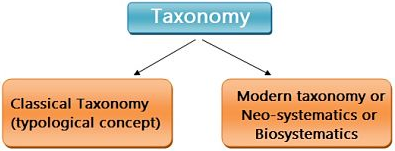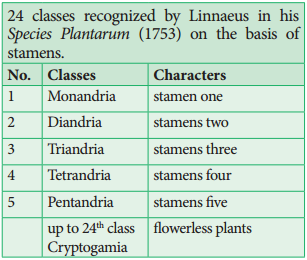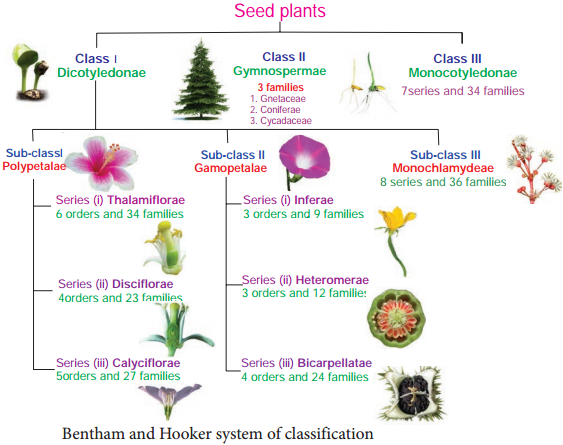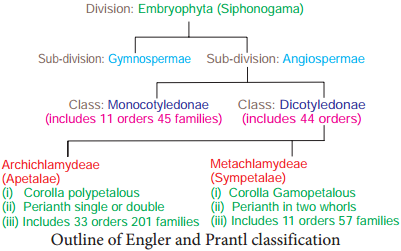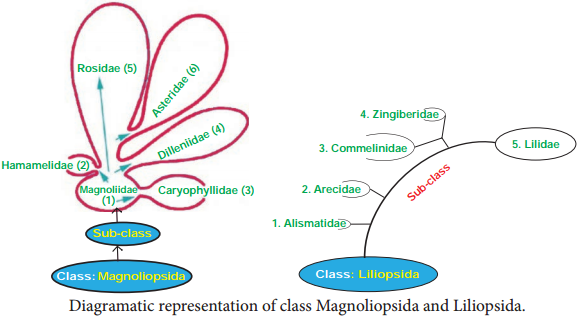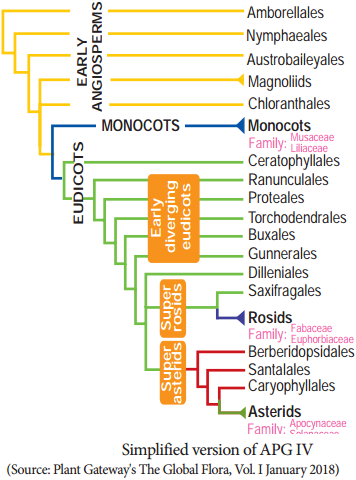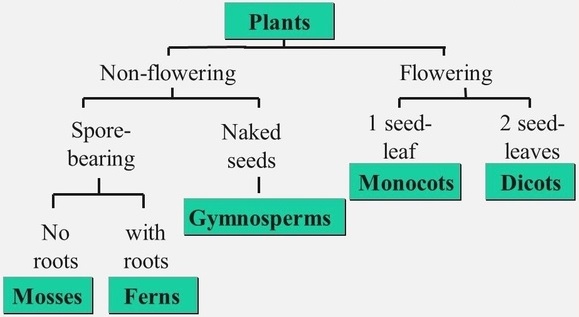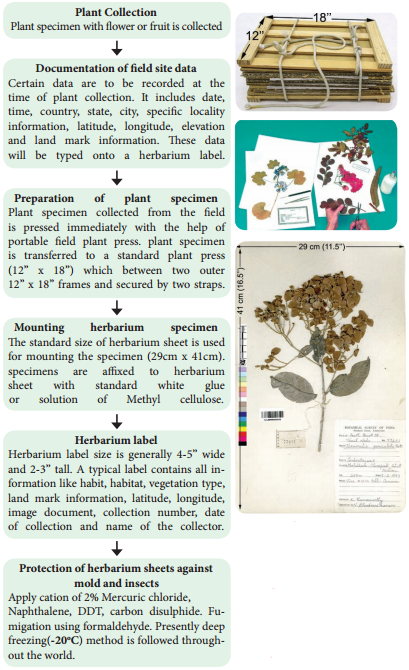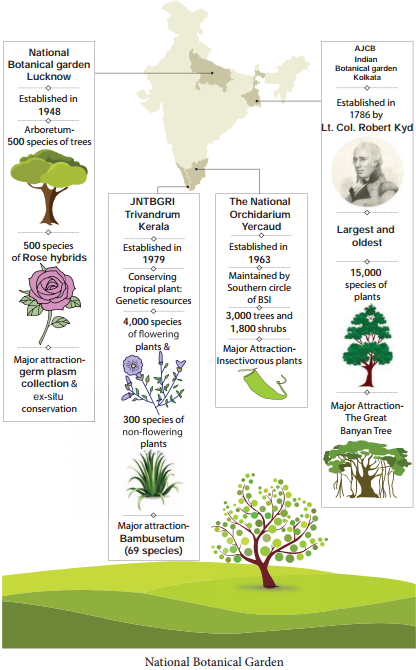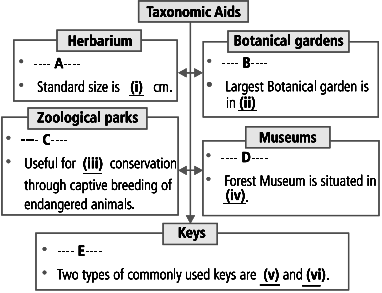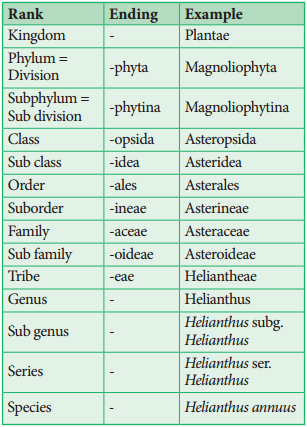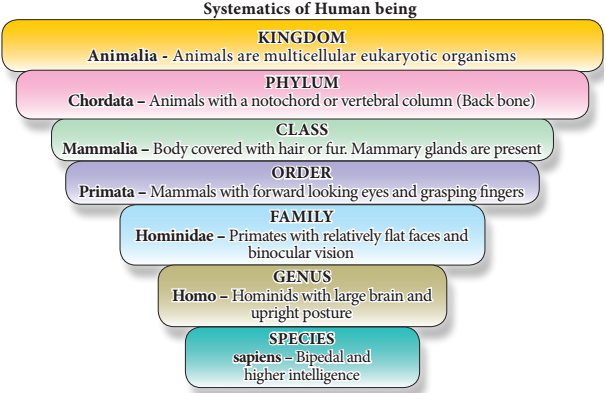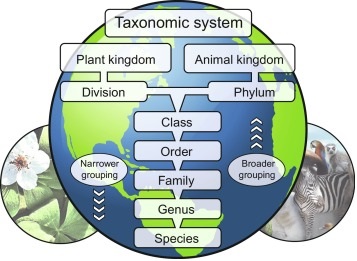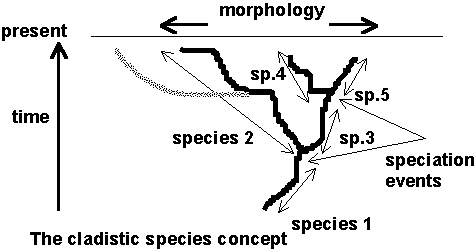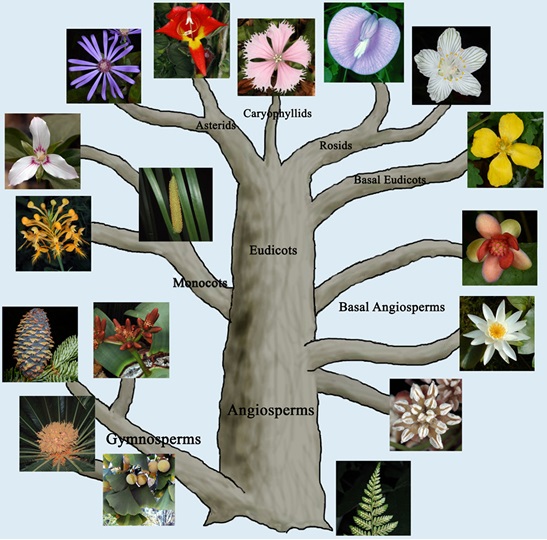Learninsta presents the core concepts of Biology with high-quality research papers and topical review articles.
Modern Trends in Taxonomy Differences and Classification
Taxonomists now accept that, the morphological characters alone should not be considered in systematic classification of plants. The complete knowledge of taxonomy is possible with the principles of various disciplines like Cytology, Genetics, Anatomy, Physiology, Geographical Distribution, Embryology, Ecology, Palynology, Phenology, Bio-Chemistry, Numerical Taxonomy and Transplant Experiments.
These have been found to be useful in solving some of the taxonomical problems by providing additional characters. It has changed the face of classification fromalpha (classical) toomega (modern kind). Thus the new systematic has evolved into a better taxonomy.
Chemotaxonomy
Proteins, amino acids, nucleic acids, peptides etc are the most studied chemicals in chemotaxonomy. Chemotaxonomy is the scientific approach of classification of plants on the basis of their biochemical constituents. As proteins are more closely controlled by genes and less subjected to natural selection, it has been used at all hierarchical levels of classification starting from the rank of ‘variety’ up to the rank of division in plants.
The chemical characters can be divided into three main categories:-
- Easily visible characters like starch grains, silica.
- Characters detected by chemical tests like phenolics, oil, fats, waxes.
- Proteins.
Aims of Chemotaxonomy
- To develop taxonomic characters which may improve existing system of plant classification.
- To improve present day knowledge of phylogeny of plants.
Biosystematics
Biosystematics is an “Experimental, ecological and cytotaxonomy” through which life forms are studied and their relationships are defined. The term biosystematics was introduced by Camp and Gilly in 1943. Many authors feel Biosystematics is closer to Cytogenetics and Ecology and much importance given not to classification but to evolution.
Aims of Biosystematics
The aims of biosystematics are as follows:
- To delimit the naturally occurring biotic community of plant species.
- To establish the evolution of a group of taxa by understanding the evolutionary and phylogenetic trends.
- To involve any type of data gathering based on modern concepts and not only on morphology and anatomy.
- To recognize the various groups as separate biosystematic categories such as ecotypes, ecospecies, cenospecies and comparium.
Karyotaxonomy
Chromosomes are the carriers of genetic information. Increased knowledge about the chromosomes have been used for extensive biosystematic studies and resolving many taxonomic problems. Utilization of the characters and phenomena of cytology for the explanation of taxonomic problem is known as cytotaxonomy or karyotaxonomy. The characters of chromosome such as number, size, morphology and behaviour during meiosis have proved to be of taxonomic value.
Serotaxonomy (Immunotaxonomy)
Systematic serology or serotaxonomy had its origin towards the end of twentieth century with the discovery of serological reactions and development of the discipline of immunology. The classification of very similar plants by means of differences in the proteins they contain, to solve taxonomic problems is called serotaxonomy. Smith (1976) defined it as “the study of the origins and properties of antisera.”
Importance of Serotaxonomy
It determines the degree of similarity between species, genera, families etc. by comparing the reactions of antigens from various plant taxa with antibodies raised against the antigen of a given taxon.
Example:
1. The assignment of Phaseolus aureus and P. mungo to the genus Vigna is strongly supported by serological evidence by Chrispeels and Gartner.
Molecular Taxonomy (Molecular Systematics / Molecular Phylogenetics)
Molecular Taxonomy is the branch of phylogeny that analyses hereditary molecular differences, mainly in DNA sequences, to gain information and to establish genetic relationship between the members of different taxonomic categories.
The advent of DNA cloning and sequencing methods have contributed immensely to the development of molecular taxonomy and population genetics over the years. These modern methods have revolutionised the field of molecular taxonomy and population genetics with improved analytical power and precision.
The results of a molecular phylogenetic analysis are expressed in the form of a tree called phylogenetic tree. Different molecular markers like allozymes, mitochondrial DNA, microsatellites, RFLP (Restriction Fragment Length Polymorphism), RAPD (Random amplified polymorphic DNA), AFLPs (Amplified Fragment Length Polymorphism), single nucleotide polymorphism – (SNP), microchips or arrays are used in analysis.
Uses of Molecular Taxonomy
- Molecular taxonomy helps in establishing the relationship of different plant groups at DNA level.
- It unlocks the treasure chest of information on evolutionary history of organisms.
RFLP (Restriction Fragment Length Polymorphism)
RFLPs is a molecular method of genetic analysis that allows identification of taxa based on unique patterns of restriction sites in specific regions of DNA. It refers to differences between taxa in restriction sites and therefore the lengths of fragments of DNA following cleavage with restriction enzymes.
Amplified Fragment Length Polymorphism (AFLP)
This method is similar to that of identifying RFLPs in that a restriction enzyme is used to cut DNA into numerous smaller pieces, each of which terminates in a characteristic nucleotide sequence due to the action of restriction enzymes. AFLP is largely used for population genetics studies, but has been used in studies of closely related species and even in some cases, for higher level cladistic analysis.
Random Amplified Polymorphic DNA (RAPD)
It is a method to identify genetic markers using a randomly synthesized primer that will anneal (recombine (DNA) in the double stranded form) to complementary regions located in various locations of isolated DNA. If another complementary site is present on the opposing DNA strand at a distance that is not too great (within the limits of PCR) then the reaction will amplify this region of DNA.
RAPDs like microsatellites may often be used for genetic studies within species but may also be successfully employed in phylogenetic studies to address relationships within a species or between closely related species. However RAPD analysis has the major disadvantage that results are difficult to replicate and in that the homology of similar bands in different taxa may be nuclear.
Significance of Molecular Taxonomy
- It helps to identify a very large number of species of plants and animals by the use of conserved molecular sequences.
- Using DNA data evolutionary patterns of biodiversity are now investigated.
- DNA taxonomy plays a vital role in phytogeography, which ultimately helps in genome mapping and biodiversity conservation.
- DNA- based molecular markers used for designing DNA based molecular probes, have also been developed under the branch of molecular systematics.
DNA Barcoding
Have you seen how scanners are used in supermarkets to distinguish the Universal Product Code (UPC)? In the same way we can also distinguish one species from another. DNA barcoding is a taxonomic method that uses a very short genetic sequence from a standard part of a genome. The genetic sequence used to identify a plant is known as “DNA tags” or “DNA barcodes”. Paul Hebert in 2003 proposed ‘DNA barcoding’ and he is considered as ‘Father of barcoding’.
The gene region that is being used as an effective barcode in plants is present in two genes of the chloroplast, matK and rbcL, and have been approved as the barcode regions for plants. Sequence of unknown species can be matched from submitted sequence in GenBank using Blast (web-programme for searching the closely related sequence).
Significance of DNA Barcoding
- DNA barcoding greatly helps in identification and classification of organism.
- It aids in mapping the extent of biodiversity.
DNA barcoding techniques require a large database of sequences for comparison and prior knowledge of the barcoding region. However, DNA barcoding is a helpful tool to determine the authenticity of botanical material in whole, cut or powdered form.
Differences Between Classical and Modern Taxonomy
|
Classical Taxonomy |
Modern Taxonomy |
| 1. It is called old systematics or Alpha (α) taxonomy or Taxonomy | 1. It is called Neosystematics Or Biosystematics or Omega (Ω) taxonomy |
| 2. It is pre Darwinean | 2. It is post Darwinean |
| 3. Species is considered as basic unit and is static | 3. Species is considered as dynamic entity and over changing |
